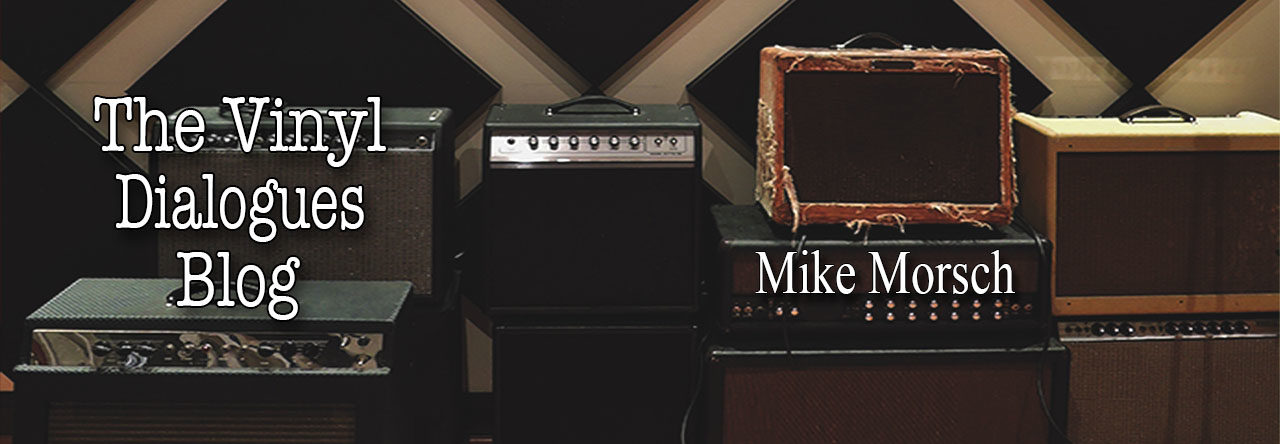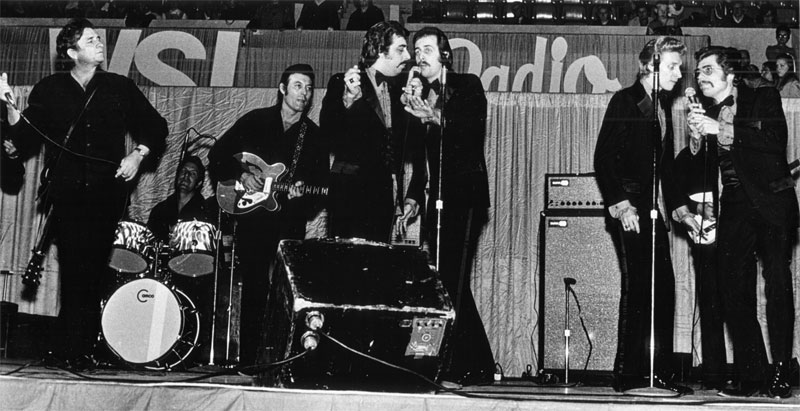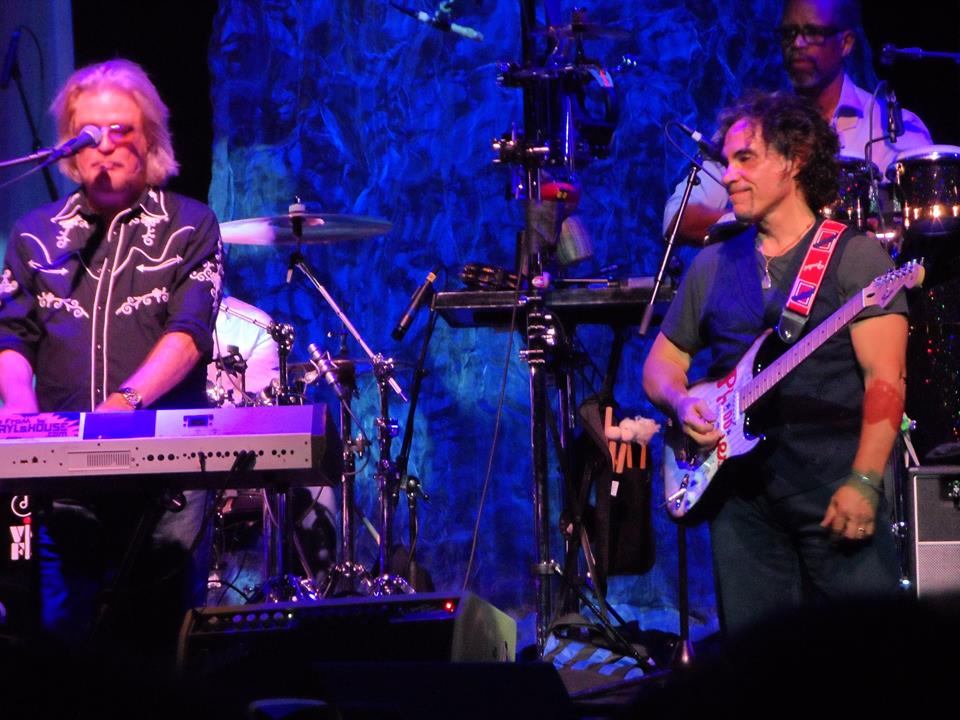Among the many cool things I get to do with The Vinyl Dialogues series during interviews with the artists is to hear the inspiration and evolution of some of my favorites songs.
Daryl Hall has shared with me the story of how he wrote “Sara Smile.” Dewey Bunnell of the band America has told me the backstory on “A Horse With No Name.” Tom Johnston of the Doobie Brothers has explained to me his thought process on the writing of “China Grove.” Elliot Lurie of Looking Glass offered me great detail on the creation of “Brandy.”
But I’ve never gotten to “live” the evolution a song myself. Until now.
J.D Malone is a singer-songwriter who performs often in my area of suburban Philadelphia. I’ve followed his career for a few years now, seen him perform live a number of times and have all his CDs. His songs are well-crafted and … Read more


